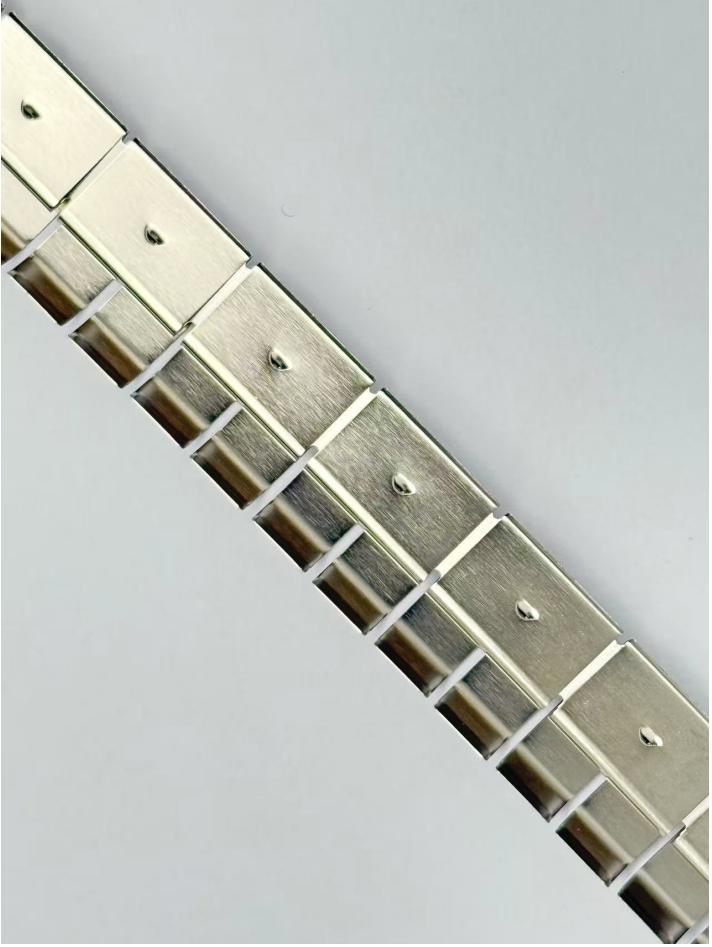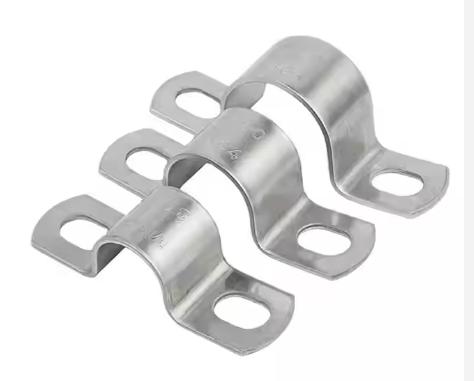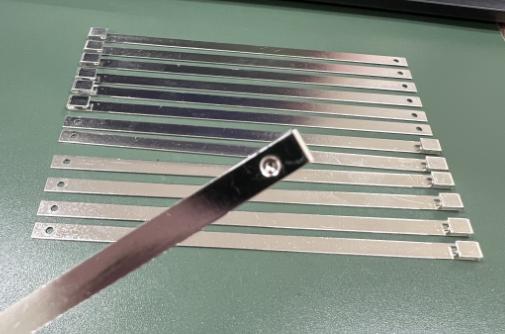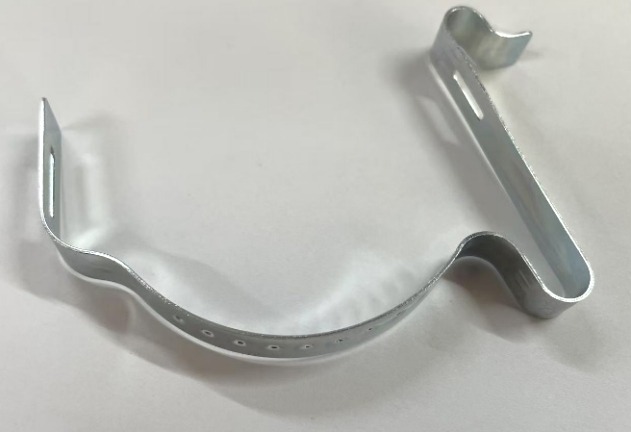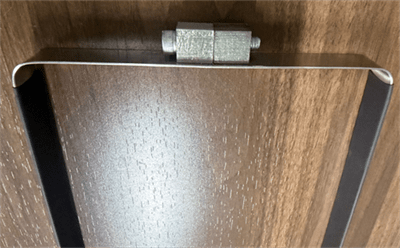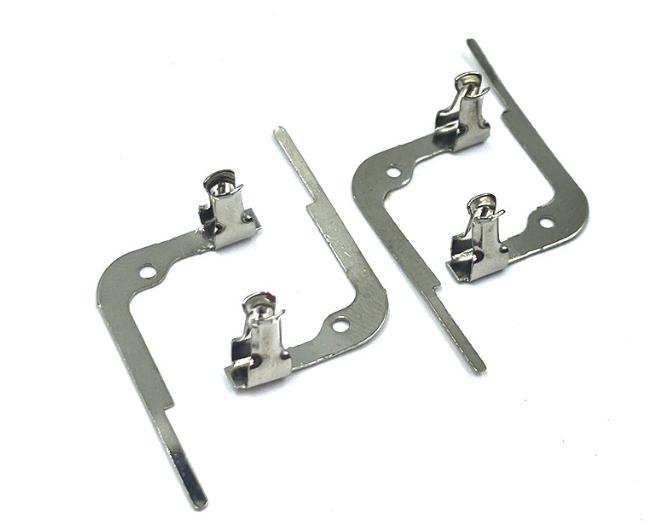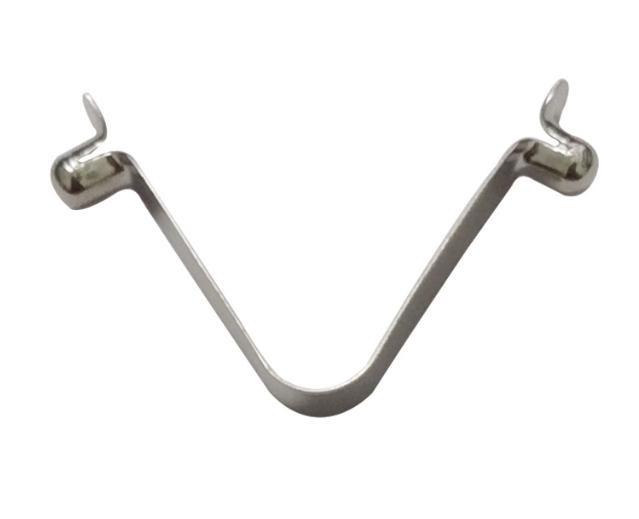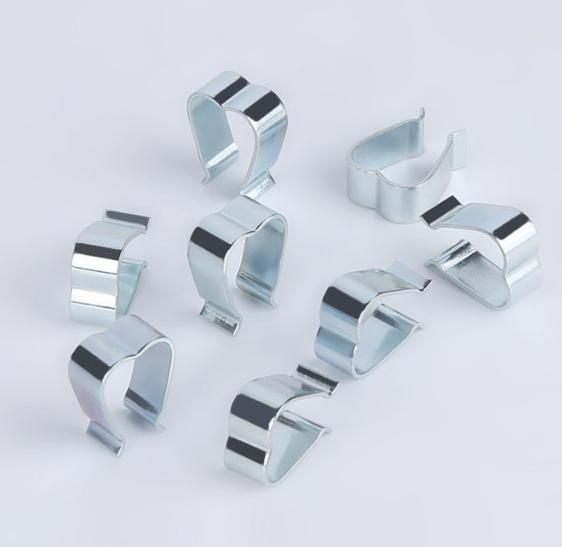Stainless Steel Stamping Dies: What are the Different Types and How to Choose
A die is a tool that is used to shape metal by applying pressure. In stainless steel stamping, dies are used to create a variety of parts, including brackets, clips, fasteners, and housings. Knowing how to choose the right stainless steel stamping dies, you can find ways to improve the quality, productivity, and safety of their stamping operations.
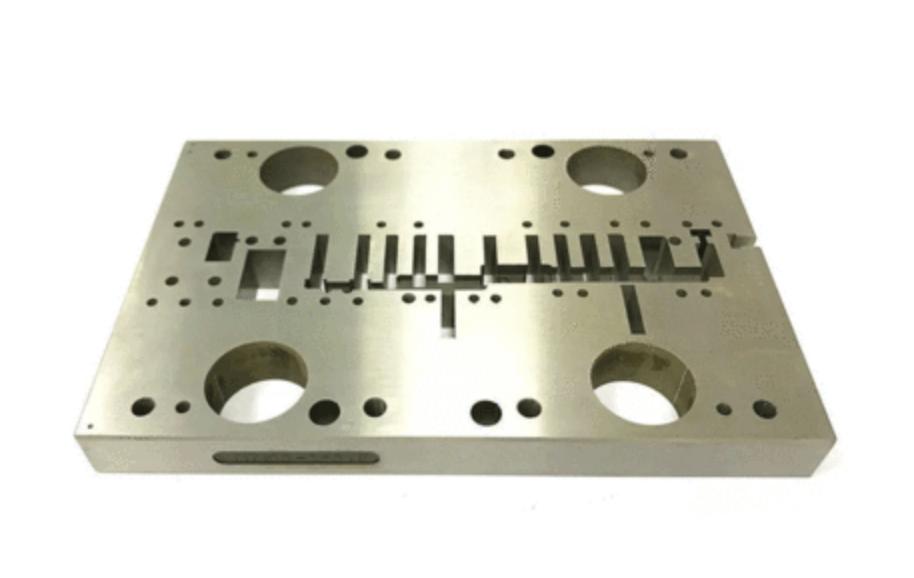
What are the Different Types of Stainless Steel Stamping Dies
There are many different types of dies used in stainless steel stamping, each with its own advantages and disadvantages. Some of the most common types of stamping dies include:
- Blanking dies: Blanking dies are used to create flat, blank pieces of metal from a sheet of metal. They are typically made of hardened steel and have a negative impression of the desired shape.
- Punching dies: Punching dies are used to create holes in a sheet of metal. They are similar to blanking dies, but they only have a small opening in the center.
- Progressive dies: Progressive dies are used to create multiple parts from a single sheet of metal. They are made up of a series of dies that are arranged in a line. Each die performs a different operation, such as blanking, punching, or bending.
- Transfer dies: Transfer dies are similar to progressive dies, but they use a shuttle mechanism to move the sheet of metal from one die to the next. This allows for more complex parts to be made.
- Coining dies: Coining dies are used to create raised or recessed features on a sheet of metal. They are typically made of hardened steel and have a positive impression of the desired shape.
- Embossing dies: Embossing dies are similar to coining dies, but they are used to create a raised or recessed image on a sheet of metal. They are typically made of softer steel and have a negative impression of the desired image.
The type of die that is used will depend on the specific application. For example, blanking dies are typically used to create flat, blank pieces of metal, while punching dies are typically used to create holes in a sheet of metal. Progressive dies are used to create multiple parts from a single sheet of metal, while transfer dies are used to create more complex parts. Coining dies are used to create raised or recessed features on a sheet of metal, while embossing dies are used to create a raised or recessed image on a sheet of metal.
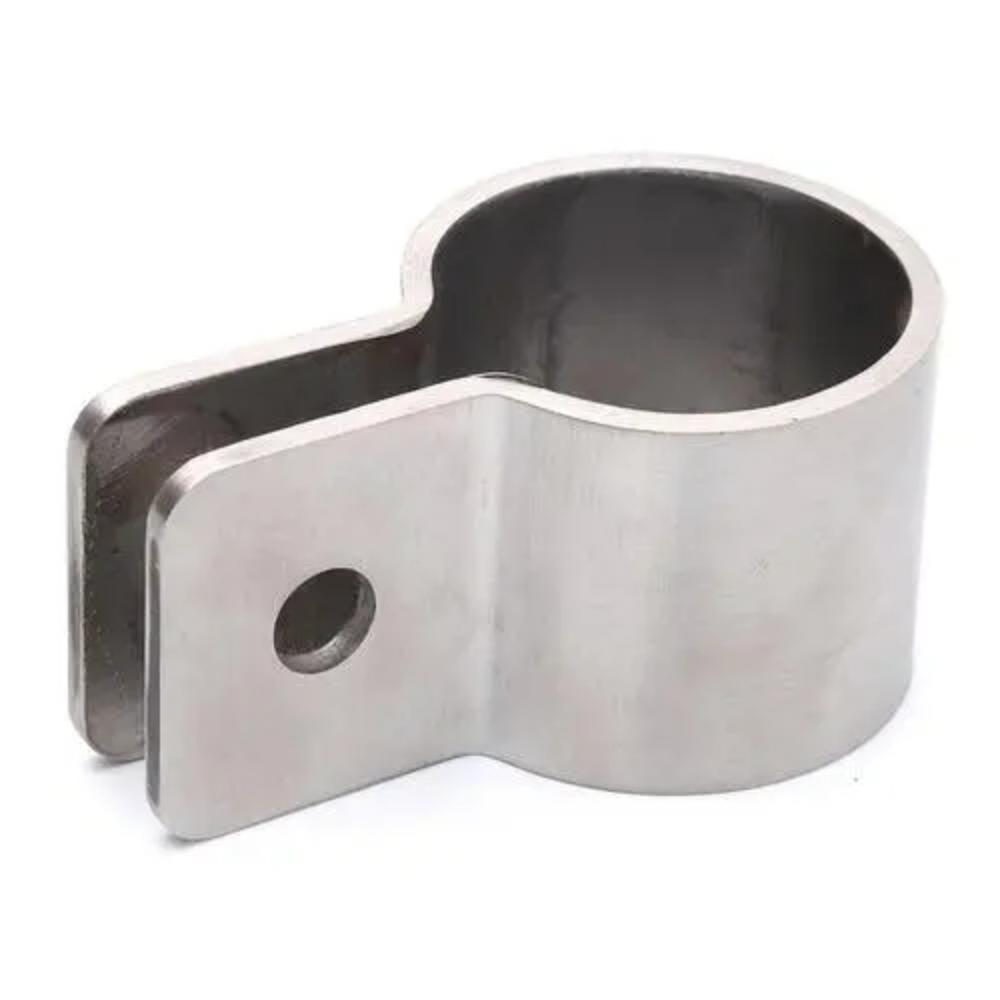
How to Choose the Right Stainless Steel Stamping Dies
Selecting the right stamping dies for your application is an important decision that can affect the quality, efficiency, and cost of your stamping operations. Here are some factors to consider when selecting stamping dies:
- The type of part that is being made: The type of part will determine the shape and size of the die. For example, a blanking die is used to create flat, blank pieces of metal, while a punching die is used to create holes in a sheet of metal.
- The thickness of the metal being stamped: The thickness of the metal will determine the strength and durability of the die. For thicker metals, a stronger die will be required.
- The desired tolerances: The desired tolerances will determine the accuracy of the die. For tighter tolerances, a more precise die will be required.
- The production volume: The production volume will determine the cost of the die. For high production volumes, a more expensive die may be justified.
- The cost of the die: The cost of the die will vary depending on the type of die, the material used, and the complexity of the design.
It is also important to make sure that the mold is made of a material that is strong enough to withstand the forces of stamping and that it is properly heat-treated to prevent it from warping or cracking.
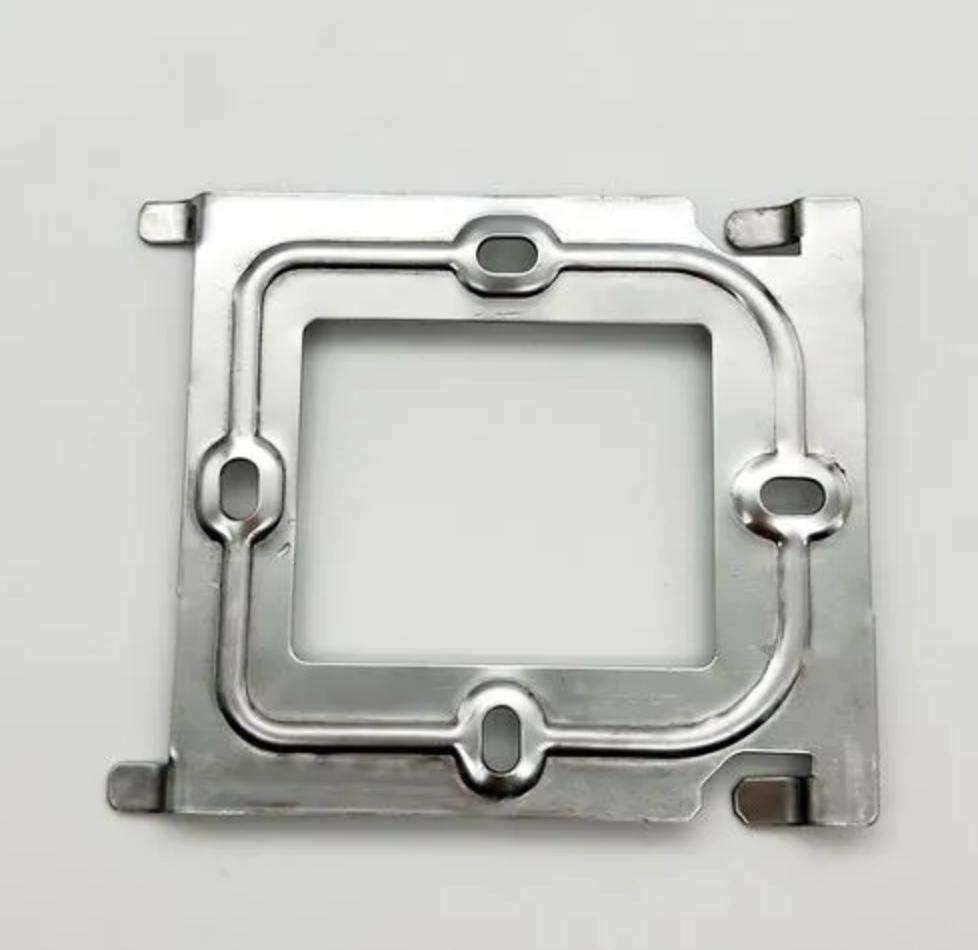
Conclusion
By following these guidelines, you can ensure that you choose the right die for your application and that your stamping operations are safe and successful.
KENENG is a stainless steel stamping manufacturer in China and can provide professional and convenient stainless steel stamping services with its rich manufacturing experience and manufacturing equipment. The types of materials we provide include titanium alloy, nickel, red bronze, beryllium copper, phosphor copper, brass, copper-nickel alloy, stainless steel, aluminum, galvanized plate, electrolytic plate, cold-rolled steel sheet, spring steel, etc.

